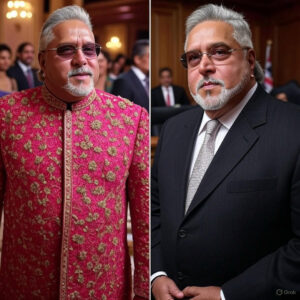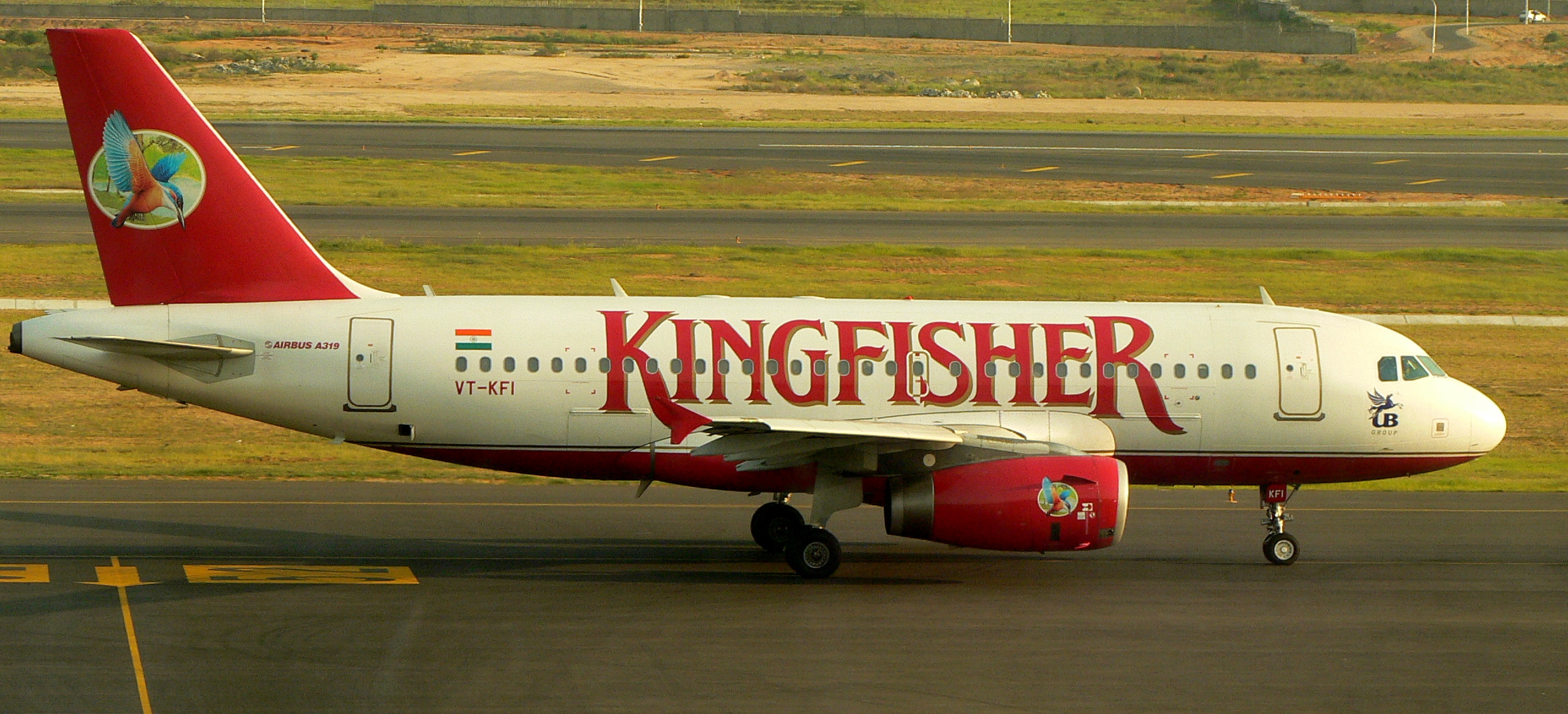The Kingfisher Airlines collapse is a stark reminder of how ambition can spiral into financial ruin. Once a symbol of luxury in Indian aviation, Kingfisher’s downfall offers critical lessons in airline industry failure, financial mismanagement, and corporate accountability. This article explores the rise, fall, and lasting impact of Kingfisher Airlines, highlighting why it remains a pivotal case study for business leaders and policymakers.
Table of Contents
ToggleA Meteoric Rise in Indian Aviation
Launched in 2005 by Vijay Mallya’s UB Group, Kingfisher Airlines aimed to redefine air travel with luxury at its core. Offering in-flight entertainment, gourmet meals, and premium services, it quickly became a favorite among Indian travelers. By 2007, Kingfisher acquired Air Deccan, expanding into the low-cost market and operating over 400 daily flights. Its early success positioned it as a leader in India’s booming aviation sector, but cracks soon appeared beneath the glossy surface.
Financial Mismanagement and Mounting Debt
The Kingfisher Airlines collapse was fueled by financial mismanagement. High operating costs—driven by lavish services, a large fleet, and international routes—clashed with low ticket prices in India’s competitive market. The 2008 global financial crisis worsened the situation, with soaring fuel costs and declining passenger demand. By 2010, Kingfisher reported losses exceeding ₹10,000 crore.
The airline’s reliance on debt proved catastrophic. Loans from 17 banks, totaling over ₹9,000 crore, were secured against inflated brand valuations. Vijay Mallya’s debt became a focal point as banks declared him a “willful defaulter” for failing to repay despite holding significant personal assets. Unpaid salaries, fuel bills, and airport fees grounded operations, leading to the airline’s shutdown in October 2012.
Legal Troubles and Corporate Accountability
The Indian aviation crisis sparked by Kingfisher’s failure exposed regulatory gaps. Allegations of money laundering and fund diversion to tax havens, including investments in Mallya’s Formula 1 team, led to investigations by the Enforcement Directorate and CBI. Mallya’s flight to the UK in 2016 further complicated recovery efforts, leaving creditors and employees in the lurch. The saga highlighted the need for stricter oversight in corporate lending and governance.
Lessons from an Airline Industry Failure
The Kingfisher Airlines collapse offers timeless lessons:
- Financial Prudence: Unsustainable spending and overleveraging can doom even promising ventures.
- Regulatory Compliance: Weak oversight enabled risky loans, exposing banks to losses.
- Crisis Management: Delayed cost-cutting and failure to adapt accelerated the collapse.
These insights are crucial for navigating capital-intensive industries like aviation.
Impact on Indian Aviation
The Indian aviation crisis triggered by Kingfisher’s failure reshaped the industry. It eroded trust in private airlines and strained public-sector banks, with losses impacting the broader economy. Competitors like IndiGo capitalized on the void, prioritizing low-cost models over luxury. The saga also prompted reforms in banking regulations and airline licensing, aiming to prevent similar failures.
The Kingfisher Airlines collapse remains a defining case study in airline industry failure. Its blend of ambition, financial mismanagement, and regulatory lapses serves as a cautionary tale. As India’s aviation sector grows, the lessons from Kingfisher—prioritizing sustainability, accountability, and adaptability—continue to guide businesses and policymakers.
FAQ Section
- What caused the Kingfisher Airlines collapse?
Financial mismanagement, high operating costs, and ₹9,000 crore in debt led to Kingfisher’s shutdown in 2012. - Why is Kingfisher Airlines a case study in airline industry failure?
Its unsustainable business model and regulatory lapses make it a textbook example of airline industry failure. - How much debt did Kingfisher Airlines owe?
Kingfisher owed over ₹9,000 crore to 17 banks, contributing to Vijay Mallya’s debt controversies. - Who is Vijay Mallya, and how is he linked to Kingfisher’s collapse?
Vijay Mallya, UB Group chairman, founded Kingfisher Airlines and was declared a willful defaulter for unpaid debts. - What role did financial mismanagement play in Kingfisher’s failure?
Lavish spending, low ticket prices, and poor cash flow management drove Kingfisher into insolvency. - How did the Indian aviation crisis affect the industry?
Kingfisher’s collapse eroded trust, boosted low-cost carriers, and led to stricter regulations. - What lessons can businesses learn from the Kingfisher Airlines collapse?
Financial prudence, regulatory compliance, and crisis management are critical to avoid failure. - Why did Vijay Mallya flee to the UK?
Mallya fled in 2016 amid allegations of money laundering and Vijay Mallya’s debt issues. - How did Kingfisher’s collapse impact banks?
Public-sector banks faced significant losses, prompting reforms in corporate lending practices. - What is the legacy of the Kingfisher Airlines collapse?
It remains a cautionary tale of airline industry failure and financial mismanagement in India.

Jugaad on Two Wheels: The Hilarious Bike Parcel Hack in Karnataka
The Great Karnataka Bike Parcel Hack: A Jugaad Masterclass #RapidoParcel: In a creative yet controversial move, ride-hailing platform Rapido has found a way around Karnataka’s

Denmark’s Digital Sovereignty Revolution: Linux and LibreOffice Lead the Way
Introduction to Denmark’s Bold Move In June 2025, Denmark’s Ministry of Digital Affairs made headlines by embracing digital sovereignty, ditching Microsoft Windows and Office 365

🏏Sports as a Business Strategy: Insights from Vijay Mallya’s RCB Ownership
🧠 Sports as a Business Strategy (Tool) In modern business, few platforms offer better engagement and emotional connection than sports. From football clubs in Europe

🙏 Apologies in Leadership: Vijay Mallya Public Apology
🧠 Introduction: The Role of Apologies in Leadership In the corporate world, apologies aren’t signs of weakness—they’re strategic acts of leadership. When made with sincerity

Audiobook Production Costs: Navigating Recording Artists, Studio Expenses, and AI’s Impact
The audiobook industry is booming, with over 130 million listeners in the U.S. alone in 2021 and a growing global appetite for audio content. Producing

Media Trial of Vijay Mallya: How Public Perception Shaped Vijay Mallya’s Legacy
Introduction: Media’s Influence on Business Narratives In today’s hyper-connected world, media narratives can make or break a business reputation. For Vijay Mallya, once known as

